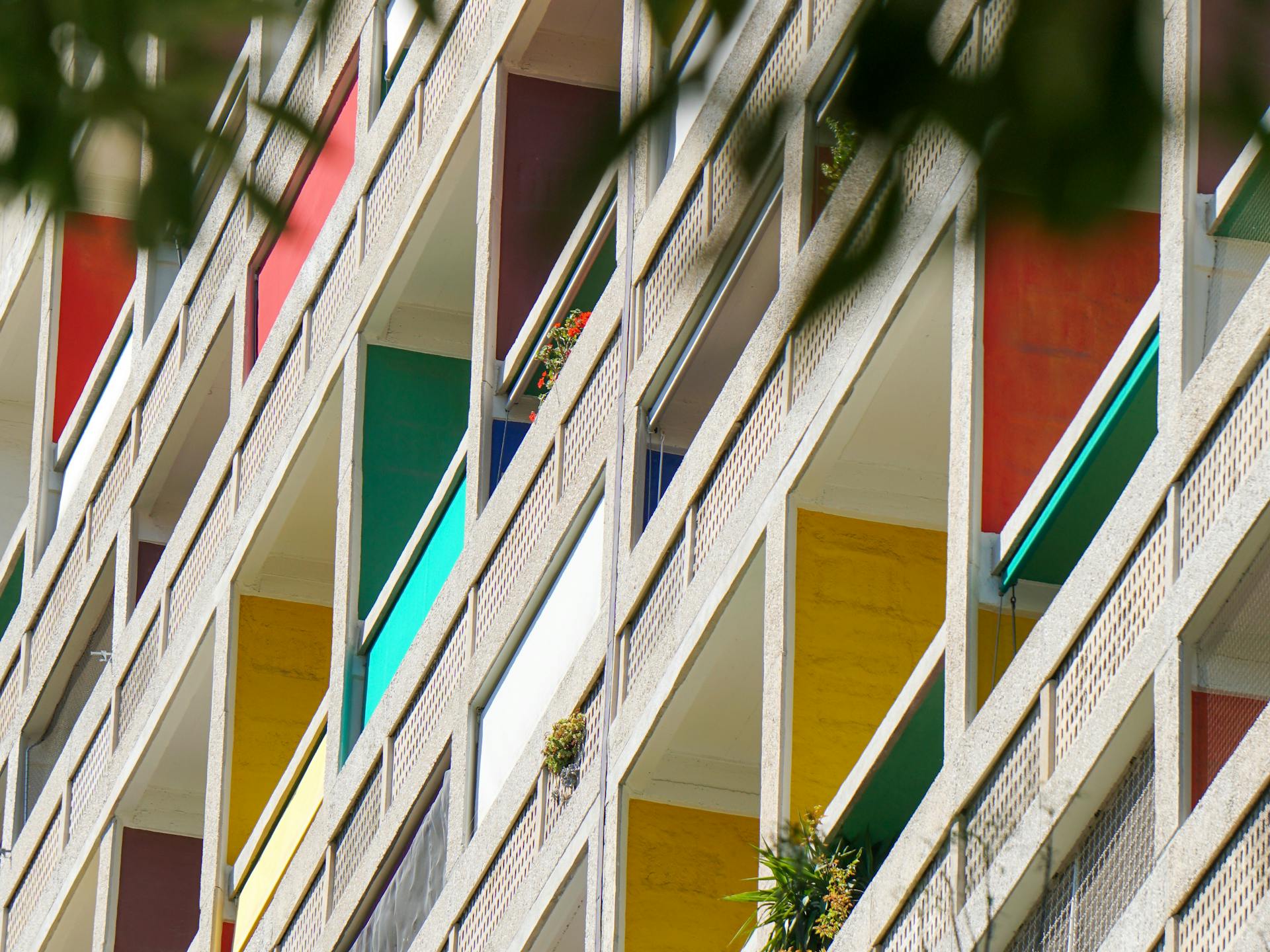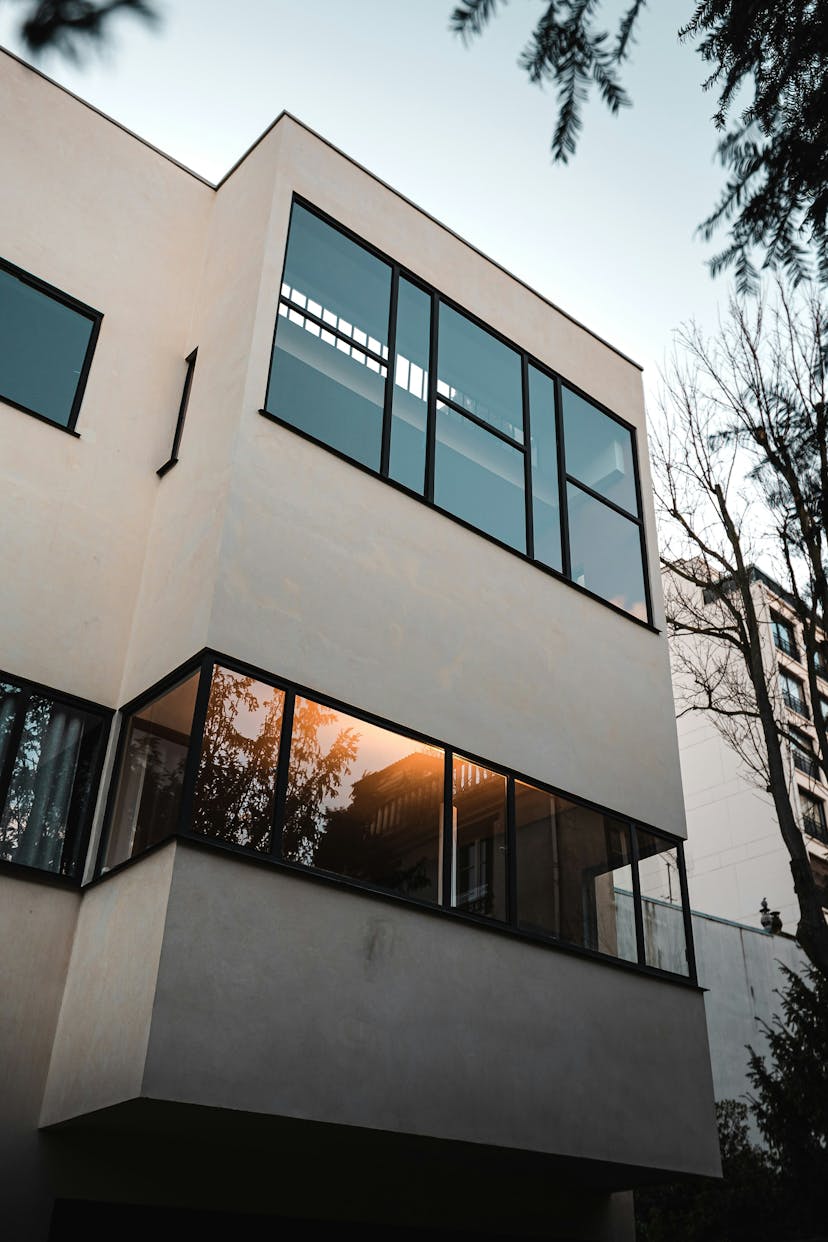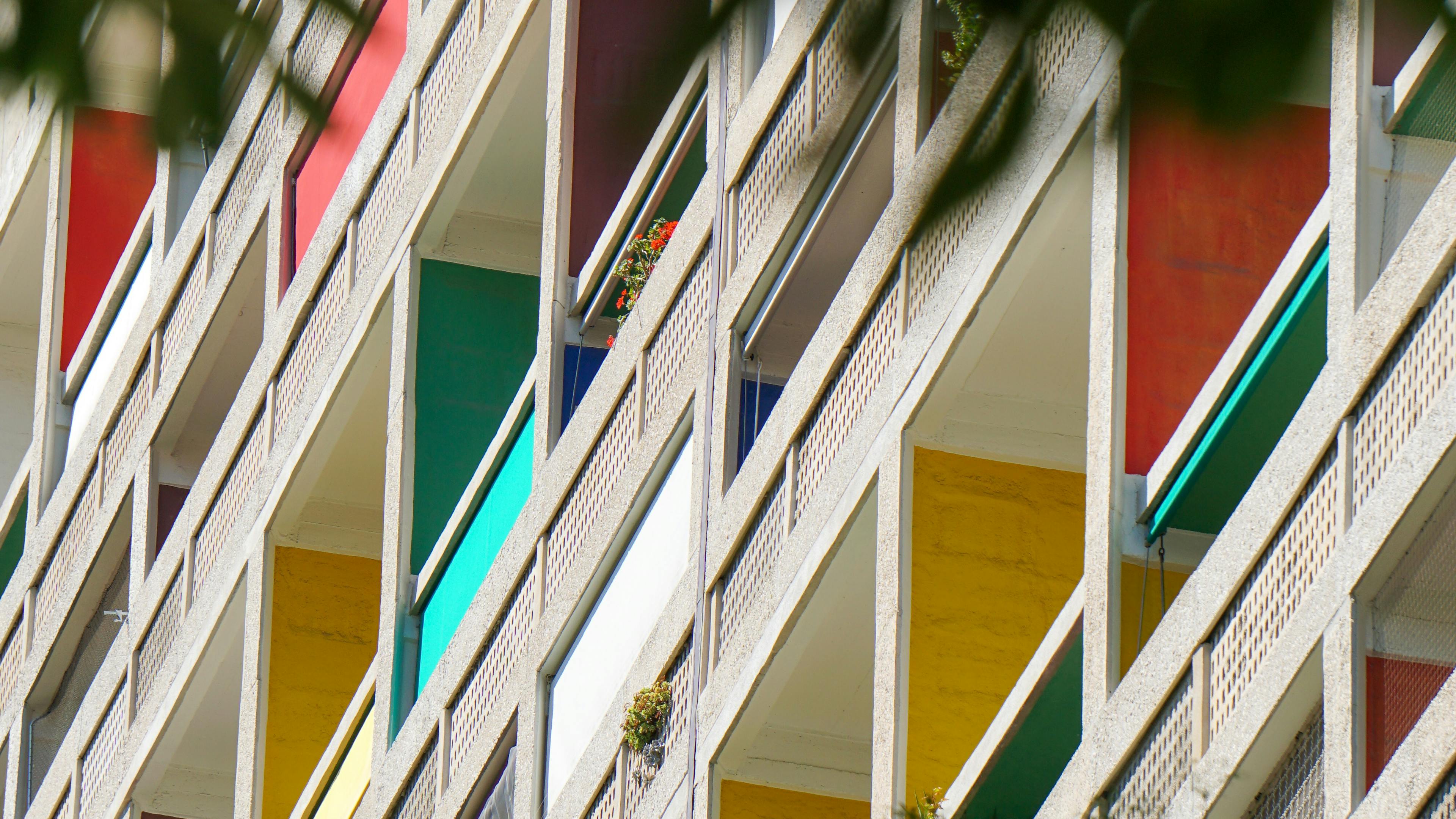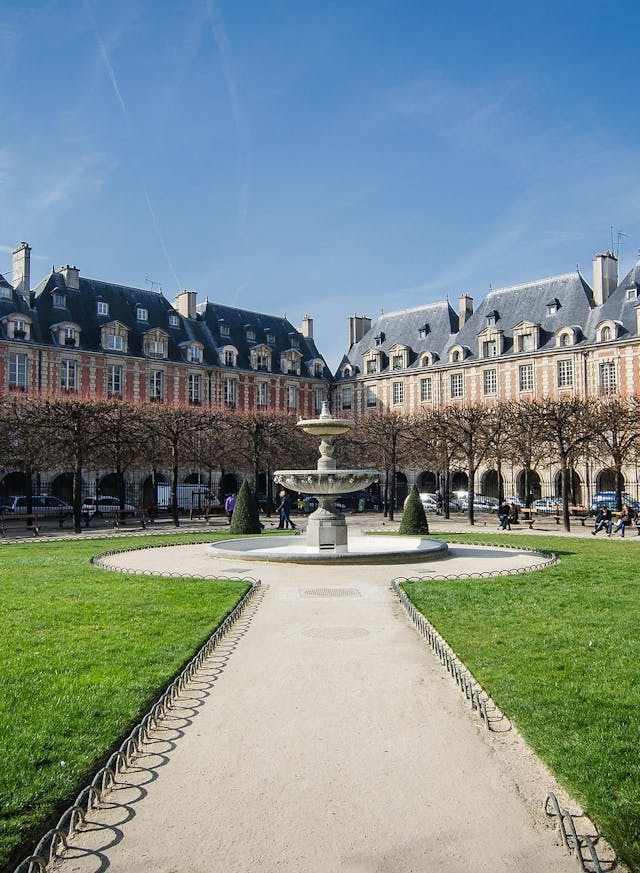
Art & Culture
On the trail of Le Corbusier
When you think of Le Corbusier's modernist architecture, you immediately think of La Cité Radieuse in Marseille or Villa Savoye in Poissy, which can be reached by RER A train. But did you know that Paris is rich in works by this great Swiss architect, whose real name is Charles-Edouard Jeanneret, and that most of them can be visited now that they have been listed as World Heritage Sites?
"Le Corbusier style emerges from simplicity and lightness. "

Start with Villa La Roche, tucked away at the end of a quiet cul-de-sac in the 16th arrondissement and now owned, along with its neighbour Villa Jeanneret, by the Fondation Le Corbusier. Built in 1923, its purpose was to serve as a showcase for the owner's collection of modern paintings, which Le Corbusier achieved by designing an interior architectural promenade punctuated by walls of colour.
What is striking about the interior is the simplicity of the setting (a few pieces of furniture by Charlotte Perriand) and the light. This is where Le Corbusier first applied his theory of the Five Points of Modern Architecture, including the stilts that support part of the building, the flat roof and the entablature windows that provide plenty of light inside.
Building on this initial experience, in the south of the 16th arrondissement you will then discover Le Corbusier's own studio flat, located on the top two floors of a building he built from 1931 onwards and lived in until his death in 1965. Remarkably, the building is entirely glazed on to the street, a first in the history of architecture. As for the flat itself, it is bright, with a few coloured walls, and functional because it favours space and does away with corridors and doors. You'll appreciate the 'Le Corbusier style' that emerges from this simplicity and lightness.
Still in the south of Paris, head for the Cité Universitaire in the 14th arrondissement to discover the Pavillon Suisse, built in 1929. Here, Le Corbusier tested his principles of collective housing, which he would later apply to the Cité Radieuse. On three floors, identical, functional student rooms with showers and walls glazed to the outside. You can visit one of them, as well as the communal areas on the ground floor, with a large fresco by Le Corbusier on the curved wall, beautiful bookcases and seating by Charlotte Perriand. Before leaving the Cité Universitaire, don't forget to take a look at the nearby Pavillon Brésilien, a large building founded in 1959 by architect Lucio Costa in collaboration with Le Corbusier's studio.
And to whet your appetite even further, the Cité de l'Architecture is devoting a beautiful space to the work of Le Corbusier, with a life-size reproduction of the interior of one of the architect's housing units.
Published on 22/11/2023






